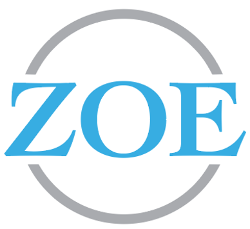The employment life cycle is the journey that an employee goes through from the moment they are hired until they leave the organization. It encompasses various stages, including recruitment, selection, orientation, training and development, performance management, compensation, and separation. Employers need to understand the employment life cycle to create an environment that attracts, retains, and develops employees, ultimately benefiting both the employee and the organization. This article will explore the different stages of the employment life cycle.
- Recruitment and Selection: The first stage of the employment life cycle is recruitment and selection. This stage involves sourcing, attracting, and screening candidates to find the best fit for the organization. Employers should create job descriptions and postings that accurately reflect the job requirements and the company’s culture. The recruitment process should be structured and consistent to ensure that all candidates are evaluated objectively. Selection criteria should be clearly defined, and all candidates should be screened based on their qualifications, experience, and fit with the organization’s culture.
- Orientation: The second stage of the employment life cycle is orientation. This stage involves providing new employees with the information they need to integrate into the organization effectively. Orientation programs should cover company policies, procedures, culture, and values. New employees should also be introduced to their colleagues and given an overview of their roles and responsibilities.
- Training and Development: The third stage of the employment life cycle is training and development. This stage involves providing employees with the skills, knowledge, and resources they need to perform their jobs effectively. Training programs should be tailored to each employee’s needs and should include both technical and soft skills training. Development programs should provide employees with opportunities to grow and advance within the organization.
- Performance Management: The fourth stage of the employment life cycle is performance management. This stage involves setting performance goals, monitoring progress, and providing feedback to employees. Performance evaluations should be conducted regularly, and employees should receive constructive feedback on their performance. Employees should also have the opportunity to provide feedback to their managers, ensuring that the performance management process is a two-way dialogue.
- Compensation: The fifth stage of the employment life cycle is compensation. This stage involves determining the compensation and benefits package for employees. Employers should ensure that their compensation packages are competitive in the industry and that they reward employees for their performance and contribution to the organization.
- Separation: The final stage of the employment life cycle is separation. This stage involves the end of the employment relationship, whether it be due to resignation, retirement, termination, or any other reason. Employers should handle the separation process professionally and respectfully. They should conduct exit interviews to gain insight into the employee’s experience and to identify areas for improvement.
The employment life cycle is a critical aspect of an organization’s human resources strategy. By understanding the various stages of the employment life cycle, employers can create an environment that attracts, retains, and develops employees. They can also ensure that employees have the resources they need to perform their jobs effectively and that their compensation packages are competitive in the industry. Ultimately, the employment life cycle benefits both the employee and the organization by creating a positive and productive work environment.
